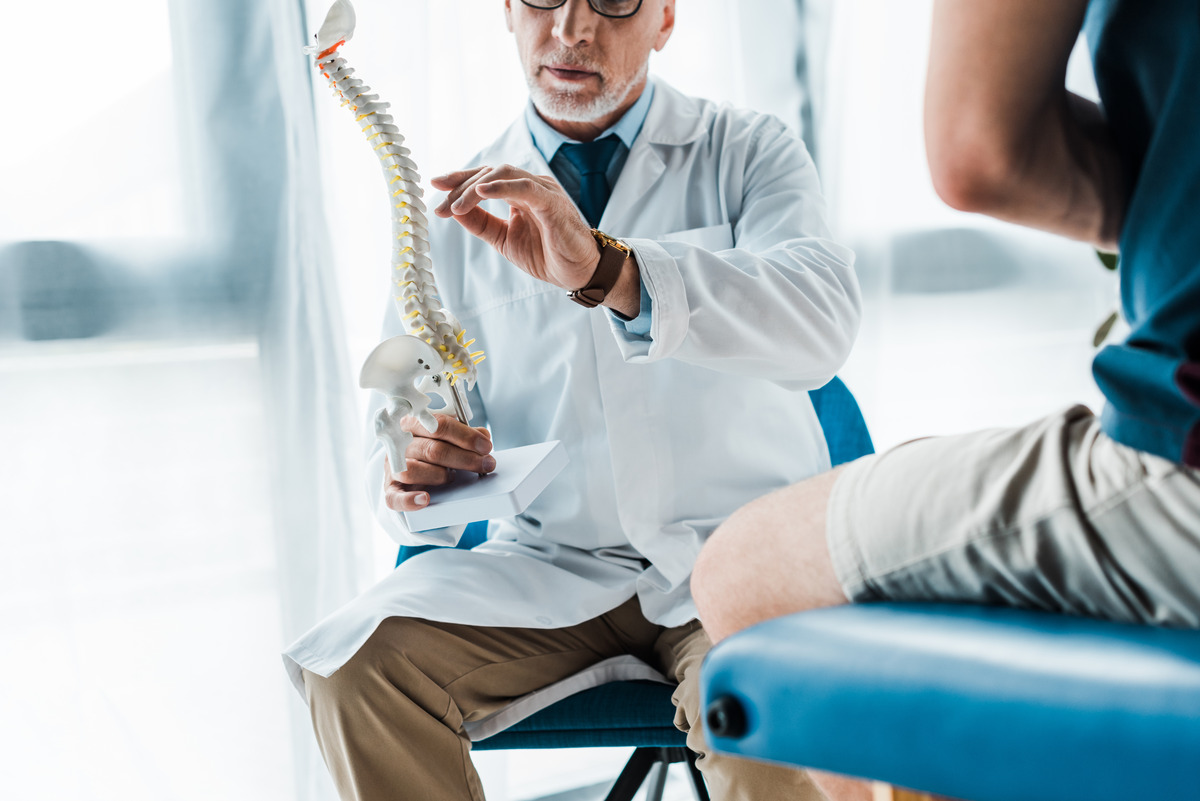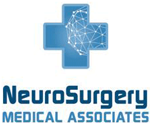Conditions
NeuroSurgery Medical Associates provides surgical solutions to a wide range of issues relating to the spine, focusing on minimally invasive, advanced techniques.We understand the impact that spinal issues and pain can have on your daily life, and our dedicated team provides expert care and guidance to our patients. Whether you’re dealing with herniated discs, spinal stenosis, or other conditions affecting the spine, we focus on personalized treatment plans on your journey to recovery and relief.
Explore the comprehensive range of spinal conditions we treat and discover how our experienced team, lead by neurosurgeon Dr. Jeffrey H. Oppenheimer, M.D., can help you regain control of your spinal health and overall well-being.


Cervical Facet Syndrome

Cervical Intervertebral Disc Without Myelopathy

Cervical Radiculopathy

Cervical spondylotic myelopathy (CSM)

Cervical Spondylosis Without Myelopathy
Cervical stenosis
A condition in which the spinal canal is too small for the spinal cord and nerve roots. This can cause damage to the spinal cord, a condition called myelopathy, or pinch nerves as they exit the spinal canal (radiculopathy).
Cervicalgia (Neck pain):
Pain in or around your spine beneath your head. Your neck is also known as your cervical spine. Neck pain is a common symptom of many different injuries and medical conditions.
Coccydynia (Tailbone pain):
Pain occurring in the tailbone consisting of three to five fused vertebrae.
CSF Leak (Cerebrospinal fluid leak):
Cerebrospinal fluid (CSF) surrounds the brain and spinal cord and provides a cushion to protect them from injury. There are three layers that surround the spinal cord and brain. When there is a hole or tear in the outermost layer, a CSF leak occurs. The hole or tear in this outer layer, called the dura mater, allows some of the fluid to escape.
Cubital tunnel syndrome:
Neuropathy of the ulnar nerve causing symptoms of numbness and shooting pain along the medial aspect of the forearm, also including the medial half of the fourth digit and the fifth digit. It is caused by compression of the ulnar nerve at the elbow region.
Displacement, Lumbar Intervertebral Disc Without Myelopathy:
Displacement describes the nucleus pulposus pushing through the annulus and deforming the disc. A well-localized deformation of the disc is also referred to as a protrusion or herniation.
Facet Joint Syndrome:
A condition in which arthritic change and inflammation occur, and the nerves to the facet joints convey severe and diffuse pain.
Hardware failure:
CD-10 code T85. 698A for Other mechanical complication of other specified internal prosthetic devices, implants and grafts, initial encounter is a medical classification as listed by WHO under the range – Injury, poisoning and certain other consequences of external causes.
Lumbar degenerative disc disease:
It isn’t actually a disease, but rather a condition in which a damaged disc causes pain. This pain can range from nagging to disabling. The condition can be caused by the drying out of the disc over time, daily activities, sports, and injuries.
Lumbar disk disease:
May occur when a disc in the low back area of the spine bulges or herniates from between the bony area of the spine. Lumbar disk disease causes lower back pain and leg pain and weakness that is made worse by movement and activity.
Lumbar radiculopathy (Sciatica):
An inflammation of a nerve root in the lower back, which causes symptoms of pain or irritation in the back and down the legs. This condition usually involves the sciatic nerve and therefore is also called sciatica.
Lumbago (Lower back pain)
Pain in the lower (lumbar) portion of the back. Lumbago is considered by health professionals to be an antiquated term that designates nothing more than lower back pain caused by any of a number of underlying conditions.
Pseudoarthrosis (Bone nonunion):
Occurs when bones do not fuse correctly after an injury or surgery. If symptoms occur, they may include pain, clicking joints, and reduced mobility. However, not everyone with pseudarthrosis has symptoms.
Radiculopathy, unspecified:
Your spine is made of many bones called vertebrae, and your spinal cord runs through a canal in the center of these bones. Nerve roots split from the cord and travel between the vertebrae into various areas of your body. When these nerve roots become pinched or damaged, the resulting symptoms are called radiculopathy.
Rectal pain:
Pain occurring in the rectum
Sacroiliitis:
An inflammation of the sacroiliac joint (SI), usually resulting in pain. Often it is a diagnosis of exclusion. The sacroiliac joint (SI) is one of the largest joints in the body and is a common source of the buttock and lower back pain. It connects the bones of the ilium to the sacrum.
Spondylolisthesis:
A displacement of a vertebra in which the bone slides out of its proper position onto the bone below it. Most often, this displacement occurs following a break or fracture. Surgery may be necessary to correct the condition if too much movement occurs and the bones begin to press on nerves.
Spondylosis, unspecified (Degenerative disc disease):
A form of arthritis that’s sometimes called spinal osteoarthritis. Spondylosis affects the discs in your spine, which can sometimes lead to neck pain, back pain, or loss of normal spinal function.
Spinal stenosis with neurogenic claudication:
In the lumbar spine, which is below the rib cage, spinal stenosis causes pressure on the nerve roots. This can lead to numbness or weakness in the legs. People often experience claudication, which means symptoms in their legs associated with activity such as walking.
Thoracic spine pain:
Experiencing pain in your thoracic region (your upper and middle back) could be due to many conditions that can affect these tissues, including: Muscle irritation or tension: Muscle irritation in your thoracic region is often caused by poor posture and prolonged sitting, which results in tightened muscles and pain.
